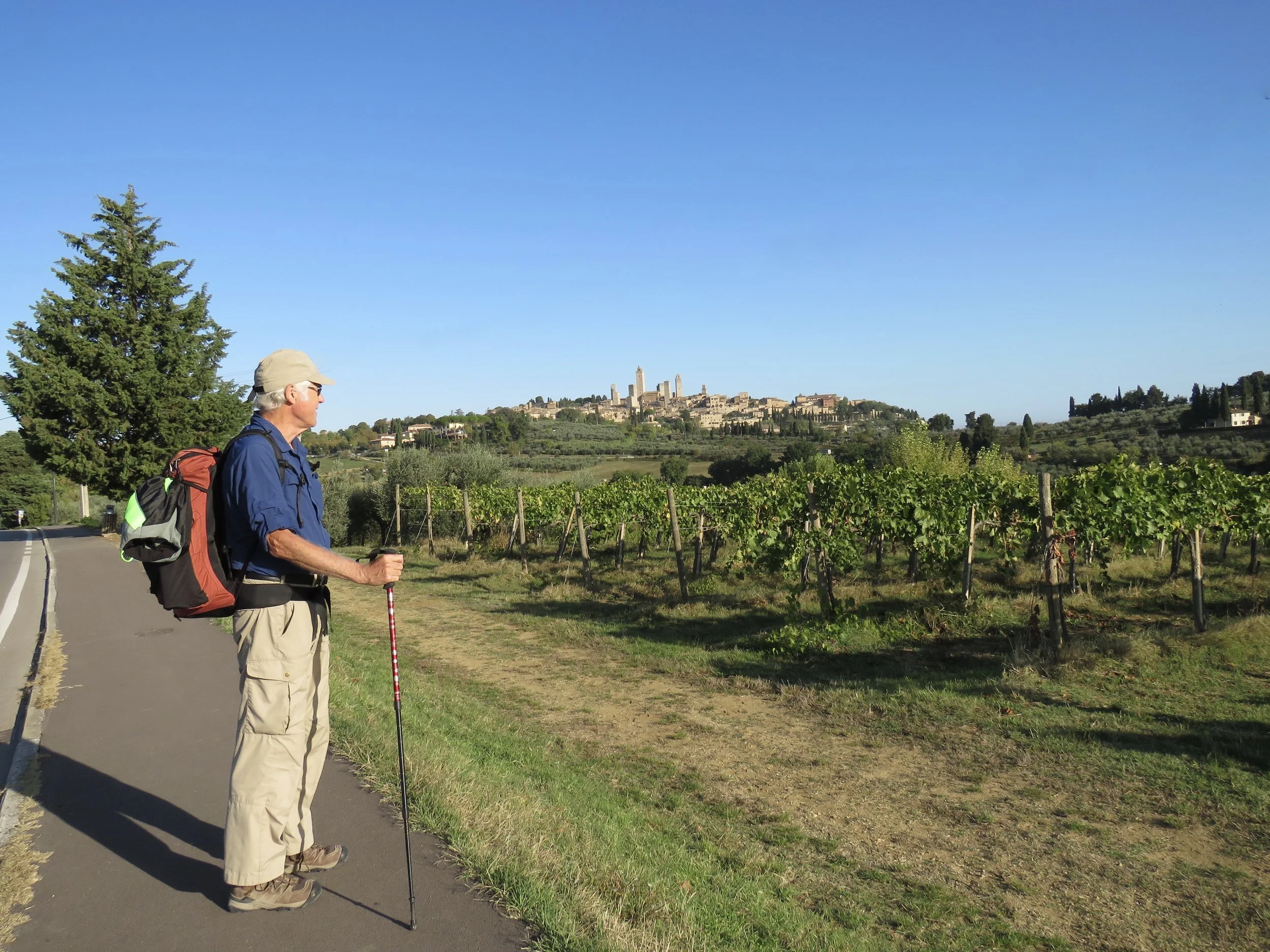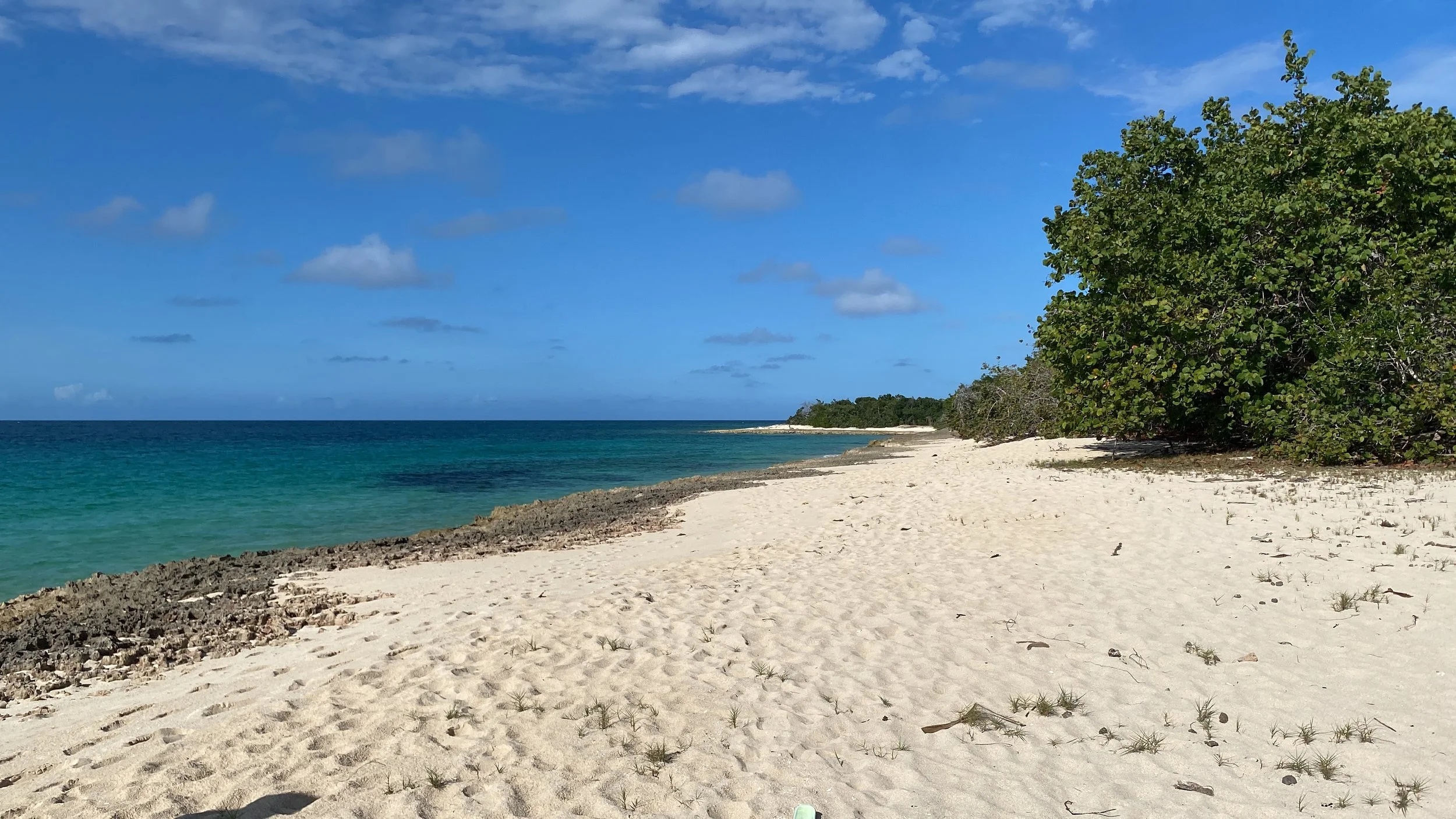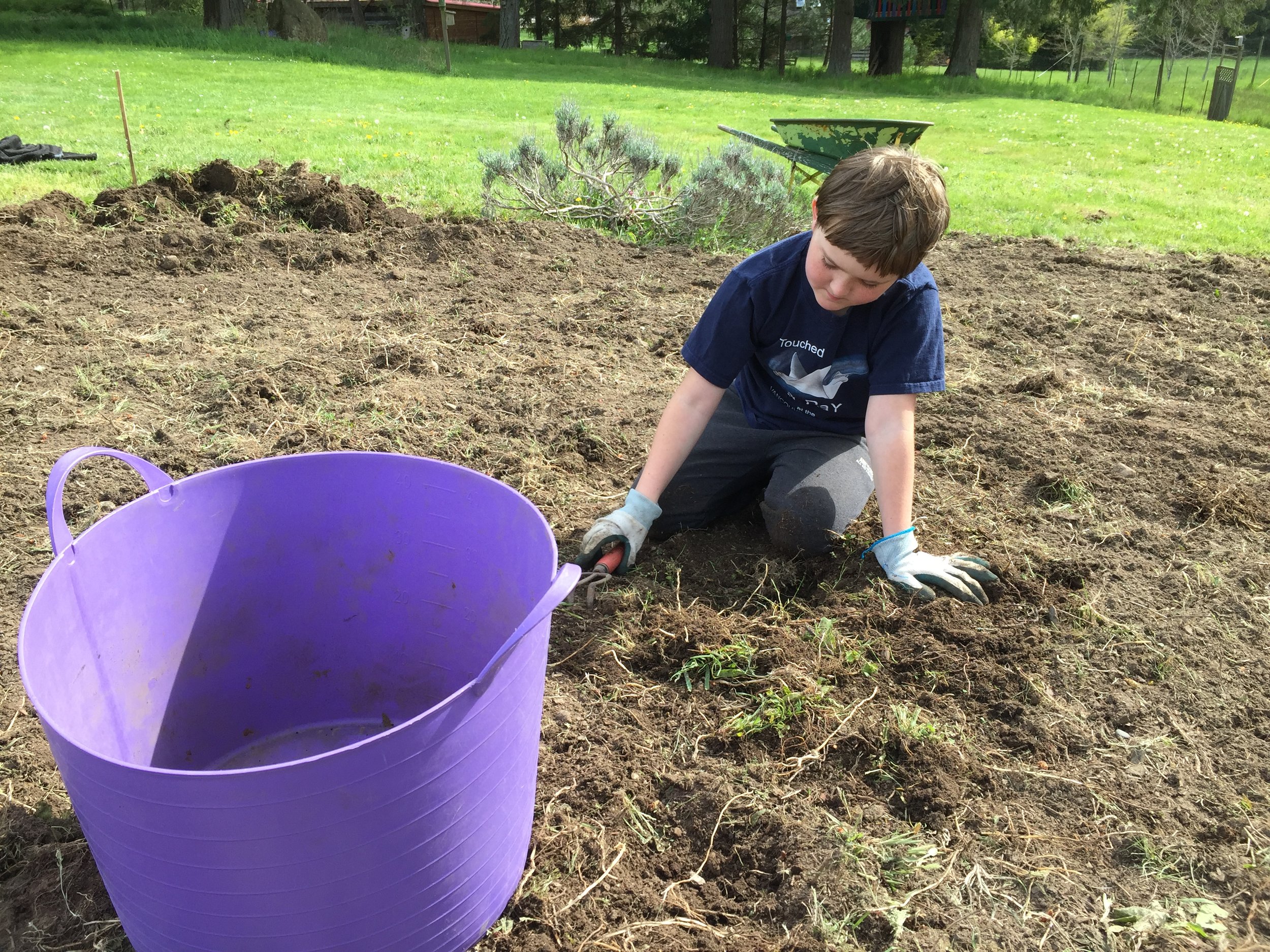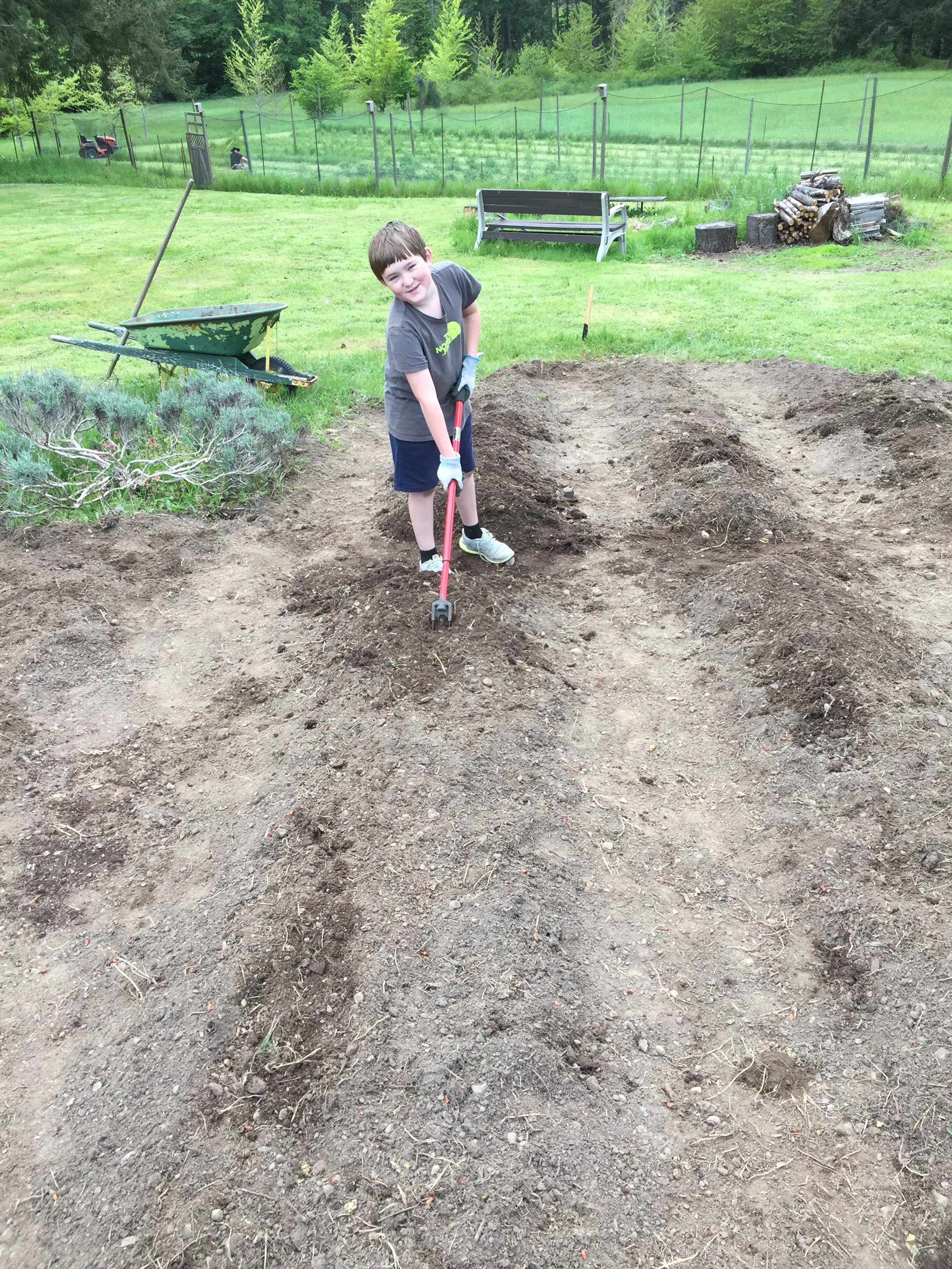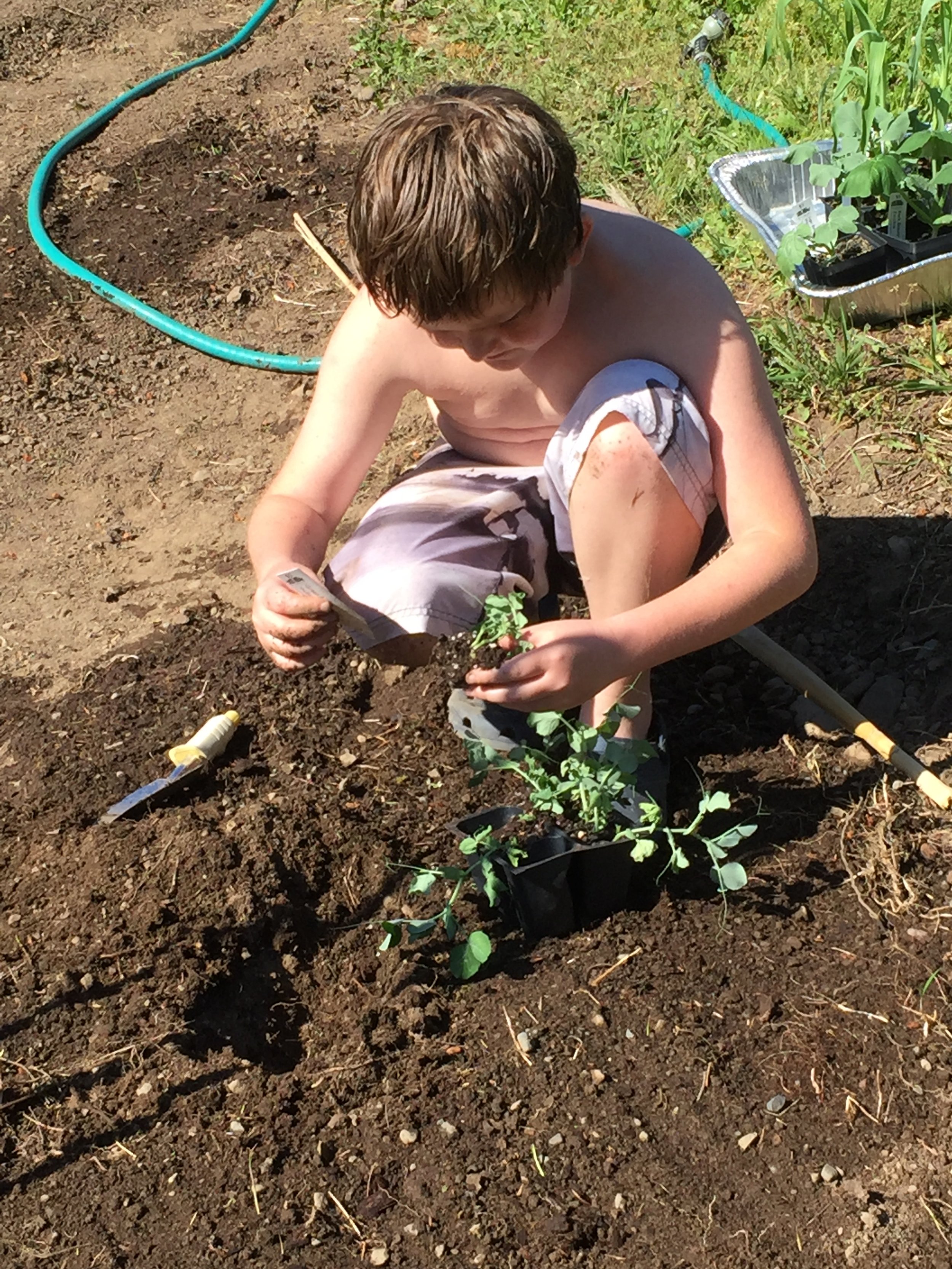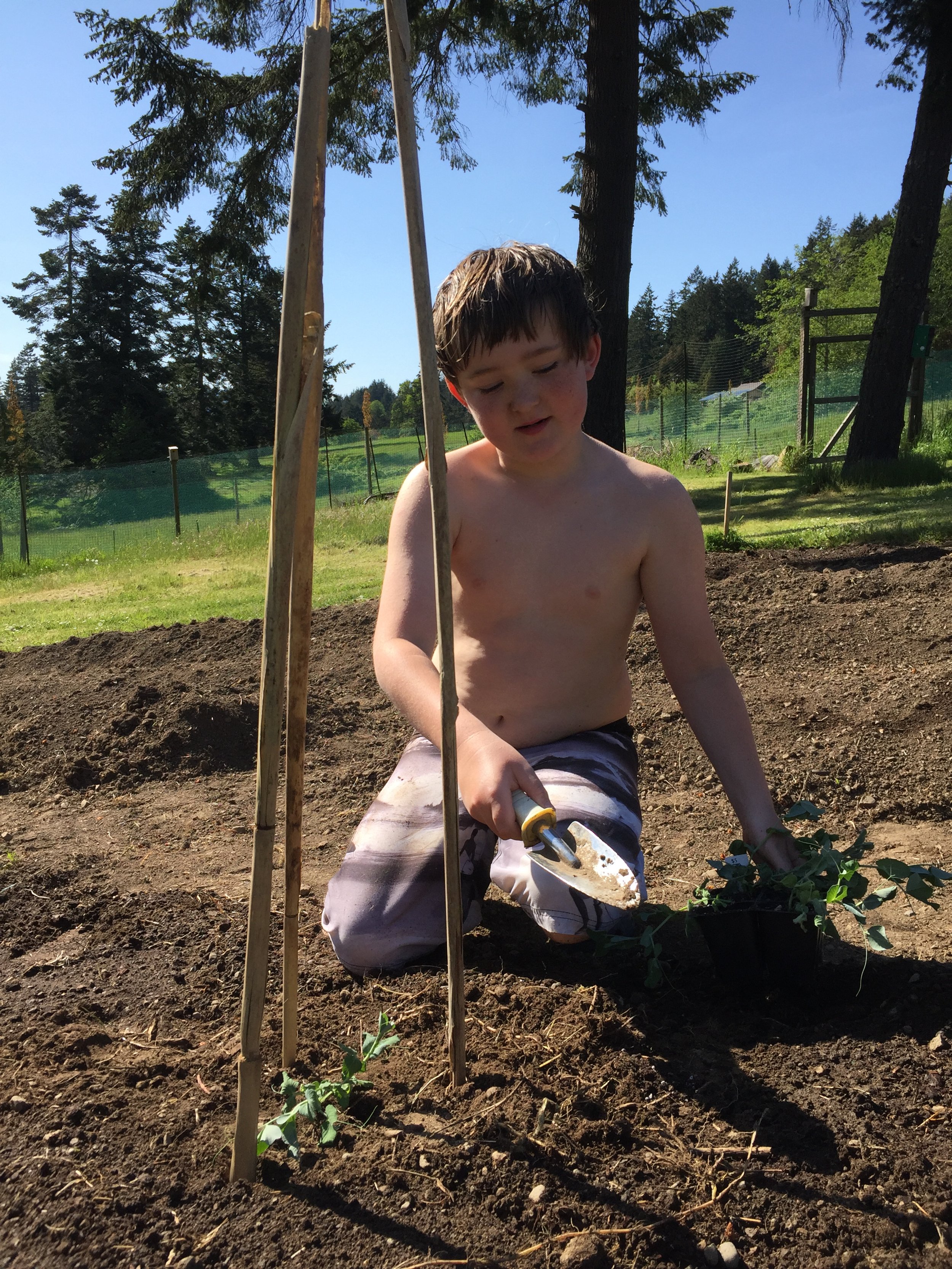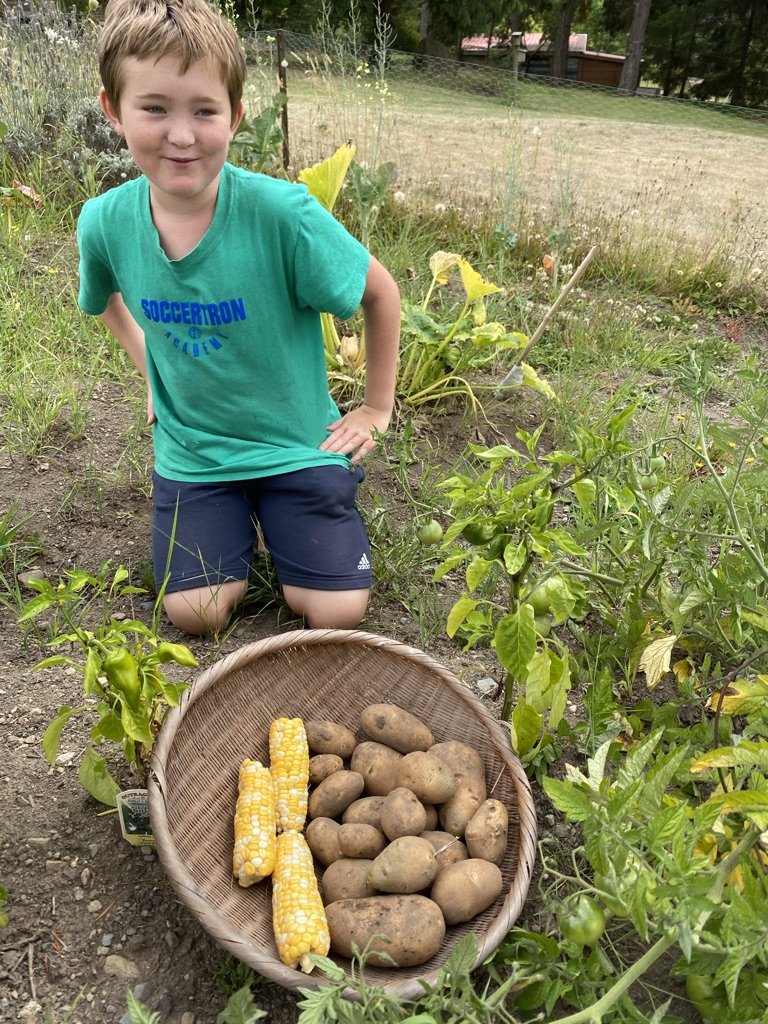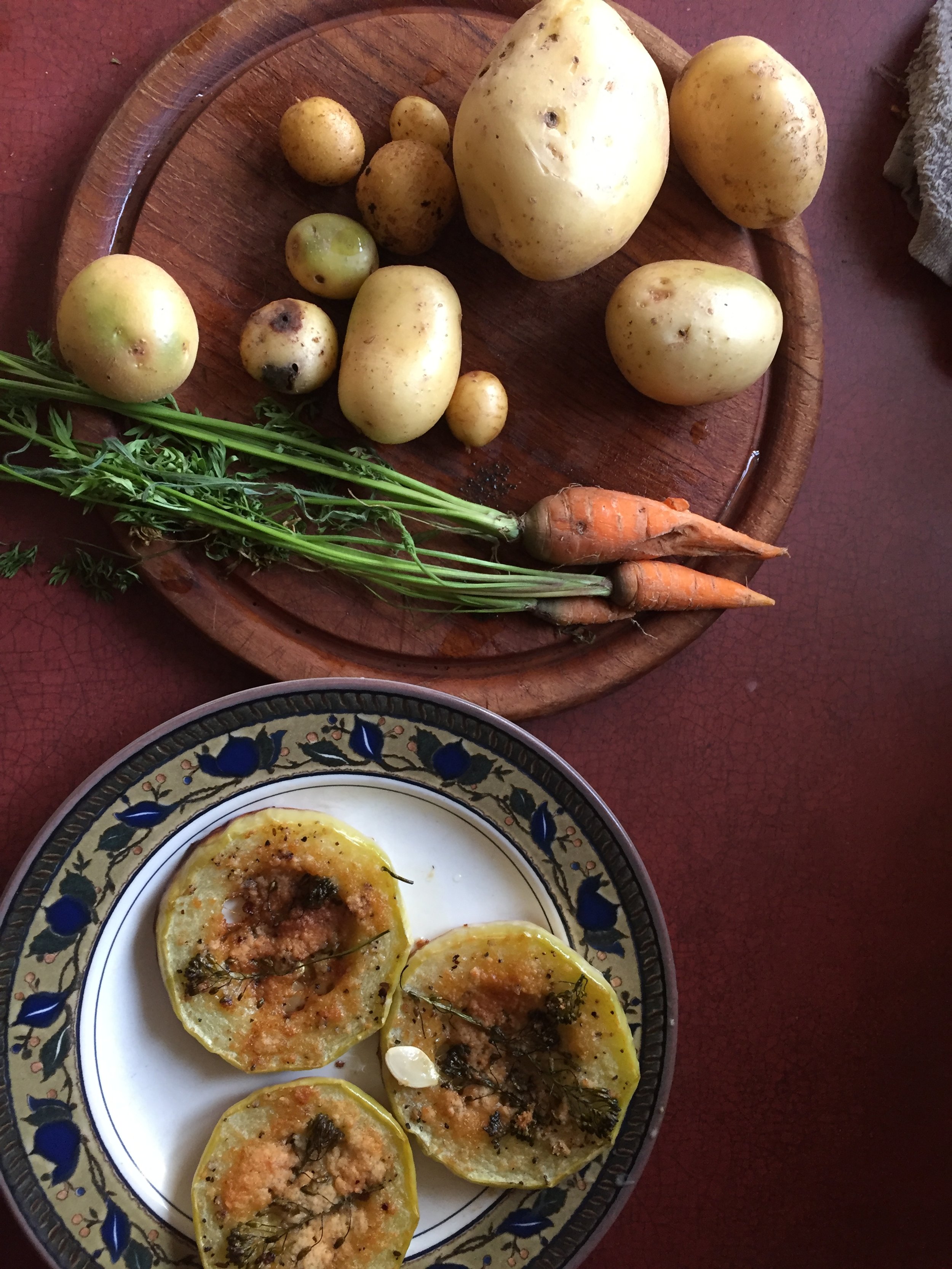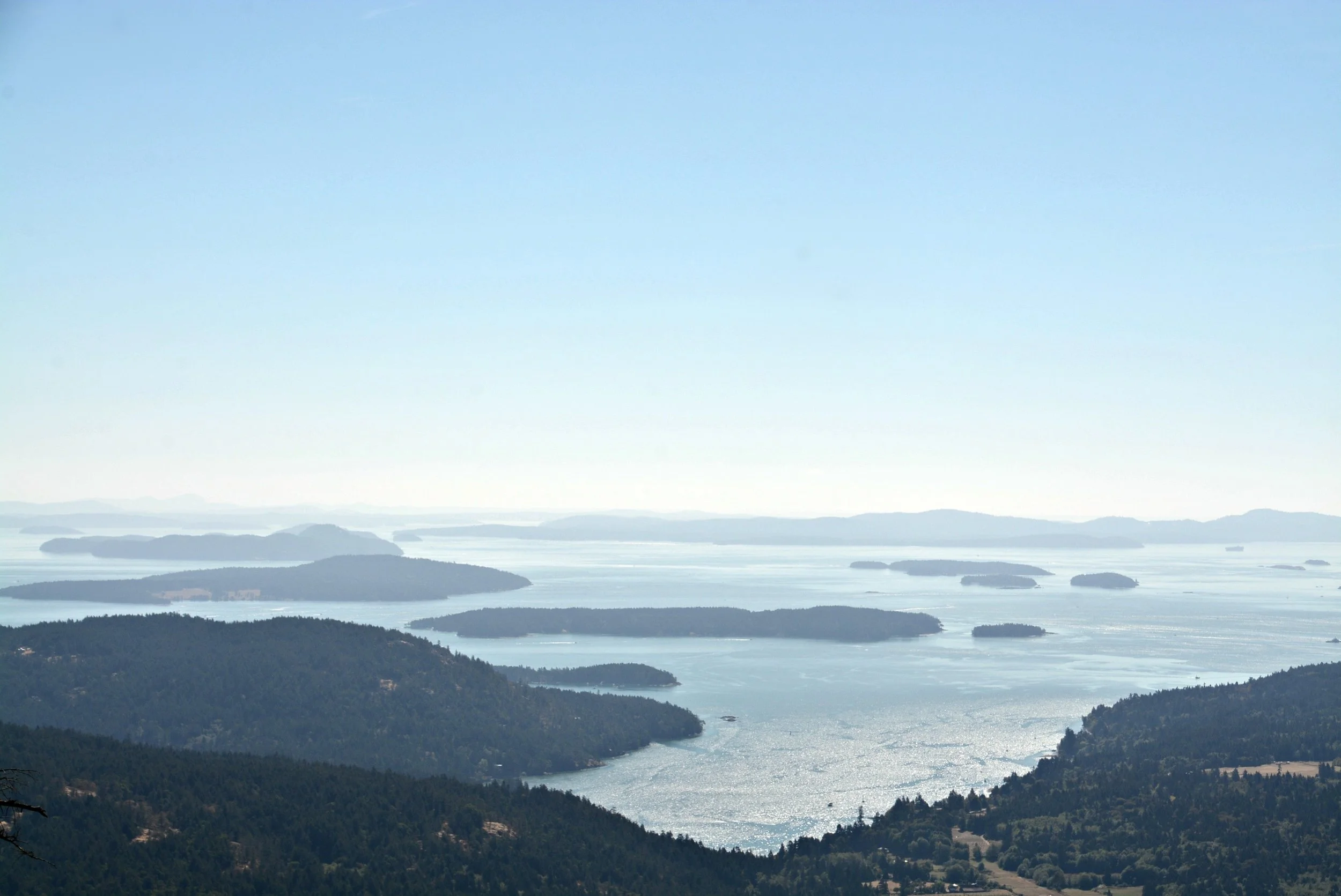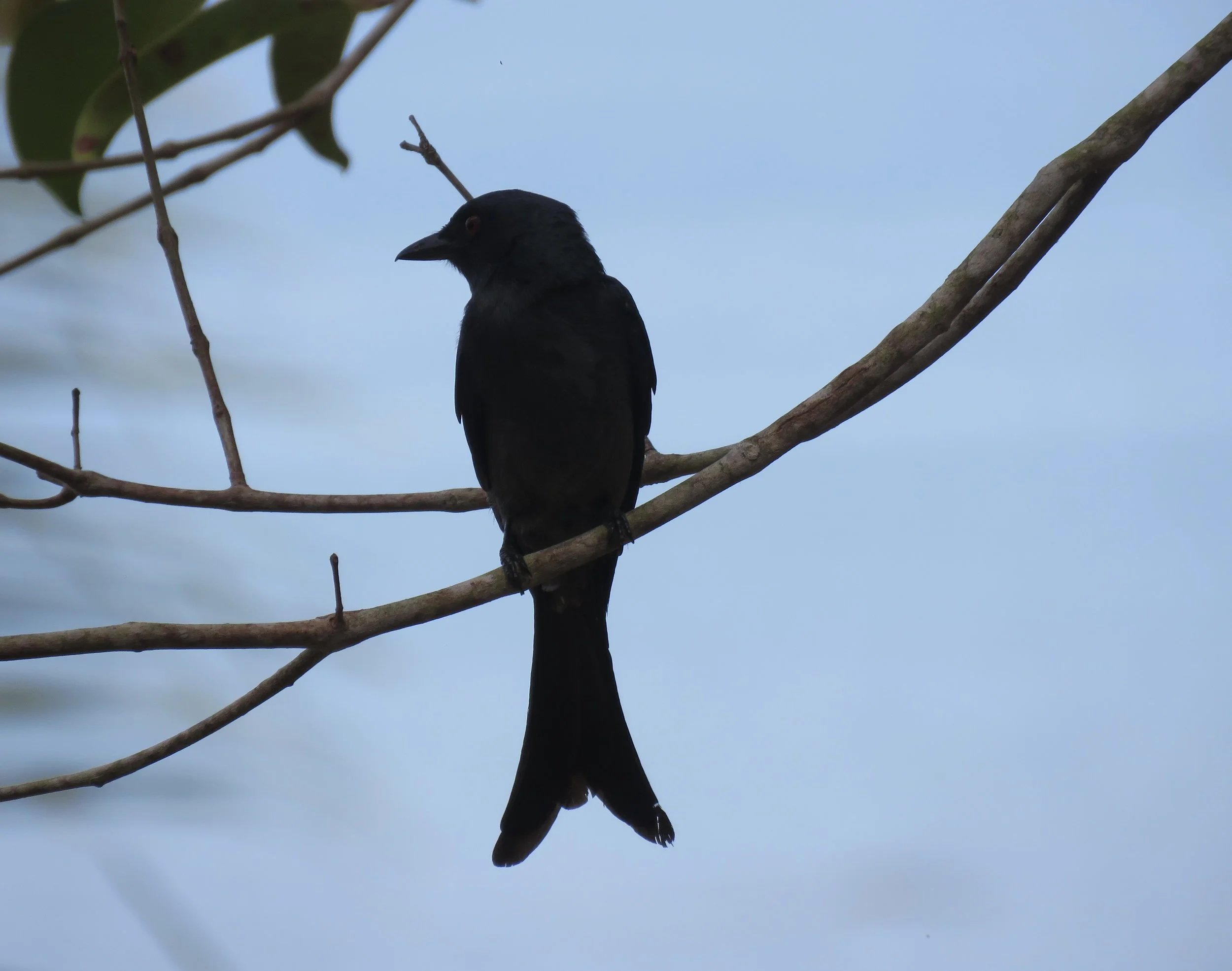Green forests, palm trees, sugarcane fields… Despite being a difficult country to visit and to stay for a length of time, Cuba offers beautiful nature. Today we’ll take you to some interesting National Parks.
Earth Day: Nurturing our Planet
Since this blog post is going life on April 22, I decided to take you to my own garden for Earth Day: April 22. First celebrated in 1970 (!), Earth Day helps humans in 190 countries to focus on environmental concerns, helps expand eco consciousness, and to put environmental concerns on the front page.
Of course, much more is needed than just a one-day-a-year commemorating and addressing the huge environmental concerns facing us all. We love to travel and get to know our fragile planet better. We try to always do so in the most environmentally friendly manner we can - by recycling, reusing, reducing everywhere we go. But also by planting many trees and trying to leave as light a footprint as possible. We have visited many fragile places, including the Great Barrier Reef region of Australia, the Galapagos Islands and the Ngorogoro Crater in Africa.
And there’s nothing like the recent Covid pandemic to make people want to be more self-sufficient and help us realize how depended we are on our planet and its health.
During the Covid-era, everyone suddenly stocked up on toilet paper and flour. You never knew which shelves would be empty the next time you ventured into a supermarket. It became difficult to buy new laying hens since, suddenly, everyone wanted chickens. And everyone, it seems, wanted to live in the country and grow their own food to be on the safe side.
When there was no school for a while, we watched more movies than normal with our then ten year old grandson Nico. One of them was a fabulous documentary called Biggest Little Farm.
Organic gardening…
The film follows ten years of a young couple who buy an acreage in southern California. Despite never having farmed before, they turn dead soil into a gorgeous lush farm. The film is inspiring on so many levels, and not just to adults. Nico enjoyed it. He saw how organic manners were used to combat pests. How chickens, slugs, ducks, even coyotes are connected and support the environment.
Ever since they were little, the boys had helped me in the vegetable garden. They helped to pull weeds and to dig in the potatoes. But mostly they loved eating strawberries, raspberries, blueberries and blackberries straight off the bushes.
Three days after watching the documentary, Nico came up to me and said, “I want to run my own farm.” He ask if he could use a flat piece of land on our 5 acres. He had already walked around and staked out a flat square of grass. But the piece of land he selected was outside our deer fencing and thus not a good choice for growing anything.
Soon we identified another, better suited piece of level land which is protected from the many deer that roam our island. He staked it off and, after promising to do all the weeding and watering, it was his.
His dad happened to own an old-fashioned plow so he helped to turn the sods. Nico spent the next week on his knees, pulling grass and weeds from clumps of heavy clay. Our land used to be a Japanese garden, many years ago, and has the best, fertile soil.
He designed a garden plan on paper, complete with beds and paths. When they heard about his plan, friends and even total strangers started to donate berries, seeds, starter plants and seedlings.
We made a trip to a local organic farm for some seedlings which he nurtured inside, in a bay window, until the weather turned warm enough for planting outdoors.
Aidan started helping, too.
By early May, in the Pacific Northwest, it was time to plant. Nico chose his own crops to grow: corn, peas, potatoes, squash and more.
A friend heard about Nico’s garden and divided some of his boysenberry bushes. Nico planted these on the outside so the fence could support the long vines.
He planted, pulled more weeds and watered. He also had to put up a small fence to keep rabbits from helping themselves to his hard earned veggies. All of the weeds he pulled, sometimes helped by his younger brother, were donated to the chickens who munched happily and turned the greens into eggs.
By June, the potato greens were coming up and the peas were climbing the bamboo stalks. In July the corn grew over his head and the tomato plants had yellow flowers.
In early August Nico was able to harvest the first huge zucchini and share it with his family for dinner.
The peels of potatoes and squash were added to our active compost bin so that they can feed the soil to support a new crop.
There is nothing better than harvesting your own veggies and fruits from bushes that you planted while kneeling in the dirt. Even if you don’t have land, you can grow tomatoes and lettuce in containers on a balcony and eat veggies that you grew yourself.
Hopefully Nico will be inspired enough to keep growing his own vegetables and munch on snacks that he nurtured himself, from seeds to fruits.
Happy Earth Day!
Books:
There are many wonderful books to celebrate nature, the earth and Earth Day. Perhaps none are as powerful and practical as books for kids. Some of my favourites include:
50 Climate Questions, Peter Christie
111 Trees, Rina Singh
A Tree is a Home by Pamela Hickman
Going Blue, Cathryn Berger Kaye and Philippe Cousteau
No More Plastic by Alma Fullerton
One Well, Rochelle Strauss
The Waterhole, Graeme Base
You Are Stardust by Elin Kelsey
Garden Wonders, A Guidebook for Little Green Thumbs by Sarah Grindler
Two Degrees by Alan Gratz
The Orca Footprint series, several titles by Michelle Mulder.
My own books about nature include: Wild Babies, In My Backyard, Amazing Animals and The Elephant Keeper.
